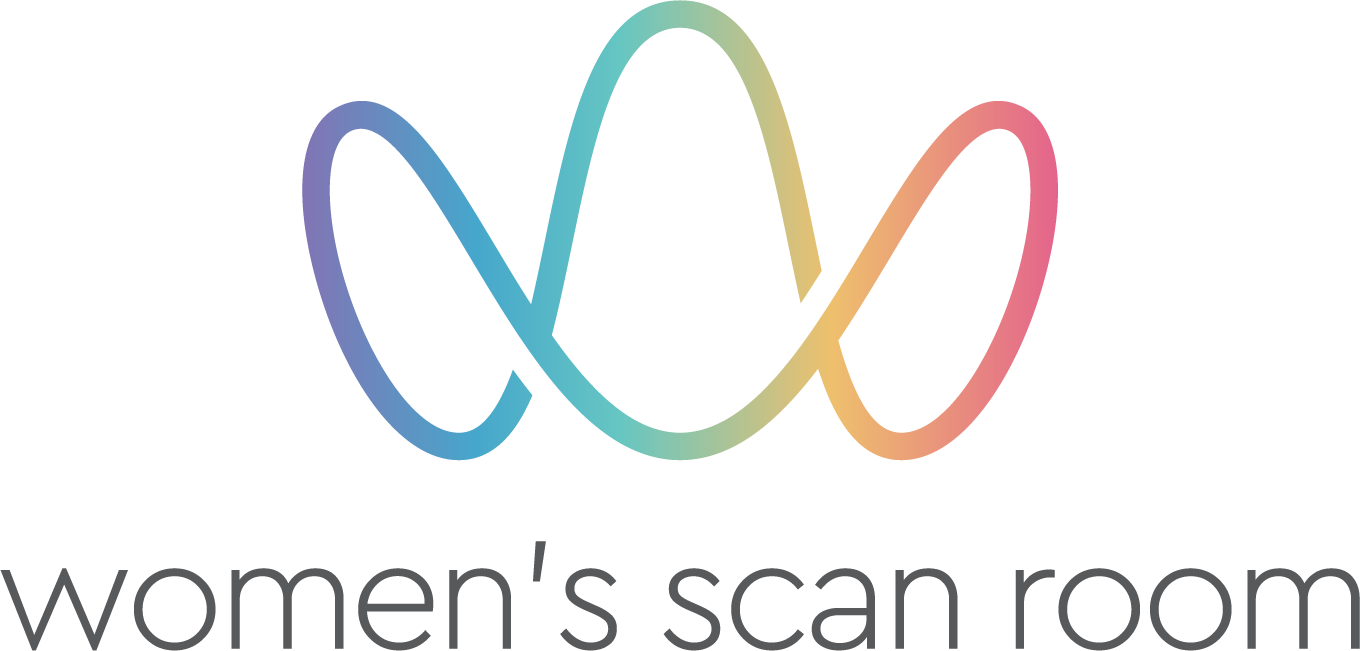
Non Invasive Prenatal Testing
There are several screening tests available for Down Syndrome:
More information on each of the screening tests can be found below:
The Performance of Different Screening Tests
1. Age
The simplest but least accurate screening test is asking the patient's age. Older women have a higher risk, young women a lower risk. Because younger women have more babies, most babies with Down Syndrome are born to younger women. Therefore most babies with Down Syndrome would not be diagnosed antenatally if only age was used to discriminate between women with a high risk and women with a low risk for a Down Syndrome pregnancy.
2. Second Trimester Maternal Serum Screening
A blood test is performed between 14 and 20 weeks gestation. Four hormone levels are measured: unconjugated estradiol, �hCG, AFP and Inhibin. These hormone levels are usually different in Down Syndrome pregnancies allowing an assessment of the risk for Down Syndrome. With the second trimester MSS approximately 70% of Down Syndrome pregnancies can be detected.
3. Nuchal Translucency Screening
The age related risk for Down Syndrome, or 'background risk' can be adjusted by looking at certain features in the fetus. Between 11 and 14 weeks the nuchal translucency can be measured during an ultrasound examination. The nuchal translucency measurement is a measurement of the fluid accumulated under the skin behind the baby's head and neck. Chromosome abnormalities such as Down Syndrome are often associated with an increased measurement. The age of the patient, the size of the fetus and the measurement of the nuchal translucency are subsequently entered in a computer program that will generate an adjusted risk for Down Syndrome. Women with a high risk will be offered further diagnostic testing. The nuchal translucency assessment can detect 75% of Down Syndrome pregnancies.
Apart from assessing the risk of Down Syndrome, the 11-14 week ultrasound allows:
Accurate estimation of the due date
Early diagnosis of multiple pregnancy
Diagnosis of early miscarriage
Detection of quite a number of structural abnormalities
4. Combined First Trimester Screening
This test combines a Nuchal Translucency Scan with a blood test between 10 and 12 weeks. The addition of the blood test improves the detection of Down syndrome from 75% to 85-90%. The blood test measures �hCG and PAPP-A, two proteins that are produced by the placenta and cross into the mother's bloodstream. In Down Syndrome pregnancies the levels of these proteins tend to be different.
The blood test is most informative when done around 10 weeks. If the blood test is done at least a week before the ultrasound, it ensures that the laboratory will have analysed the blood by the time the ultrasound is done. At the time of the ultrasound, the measurements of the fetus and the nuchal translucency are faxed to the Maternal Serum Screening laboratory. In the laboratory the patient's age, the blood results and the ultrasound results are entered in a computer program that calculates a combined risk result for Down Syndrome. If the blood test was done in advance, the combined risk result is usually available within one hour after the scan. Women with a high risk will be offered further diagnostic testing (see Amniocentesis & CVS).
A calculated risk higher than 1 in 300 is considered an increased risk for Down Syndrome. Approximately 1 in 20 women will have such an 'increased risk' result. This does not mean that the baby will definitely have Down Syndrome. On the contrary, most women with an 'increased risk' result will go on to have a normal baby. Patients with an increased risk will however be counseled about this result and will be offered a diagnostic test.
A calculated risk less than 1 in 300 suggests a low risk for Down Syndrome in this pregnancy. Approximately 19 out of 20 women will have a low risk result. And although a low risk is reassuring, it is not the same as no risk.
5. Australian Non Invasive Prenatal Testing (NIPT) with Percept:
The Non invasive prenatal screening is the Most Accurate screening test and is offered by Women's Scan Room.
The Non Invasive Prenatal Testing (NIPT) test determines the risk of trisomy 21, 18 and 13 by measuring the relative amount of chromosome material in the form of fragments of fetal DNA (also known as fetal cell-free DNA or cfDNA) in the maternal blood. Cell free DNA are short fragments of broken up chromosome material in the maternal blood. The maternal blood contains cell free DNA from maternal cells and also fetal cells.
There is usually enough fetal cell free DNA in the maternal circulation after 10 weeks gestation. It is therefore important to have an ultrasound prior to non invasive prenatal screening.
The scan is important for several reasons:
Confirms dates (gestational age 10 weeks + 0 days or greater)
Confirms viable pregnancy
May provide evidence for recent co-twin demise
Determines whether pregnancy is singleton or twin/multiple. Triplet or higher order pregnancies cannot be tested by percept™.
The NIPT test assesses the risks of trisomies 21, 18 and 13 with a very high accuracy but does not rule it out definitively. In the event of a high risk result, definitive diagnostic testing by Chorionic Villous Sampling (CVS) or Amniocentesis is still highly recommended to confirm the chromosomal abnormality.
The result of the test is available within 3-5 working days. You will be charged for the percept-Australian NIPT directly by VCGS and the cost is listed on their website: vcgs.org.au/perceptNIPT/
The Percept NIPT information brochure and test request forms can be downloaded below.
The NIPT test does not rule out early structural malformations in the fetus. To assess the risk of fetal structural malformations, first trimester ultrasound scan for fetal anatomical survey is recommended at 12-14 weeks. This can also be organised at Women's Scan Room.


